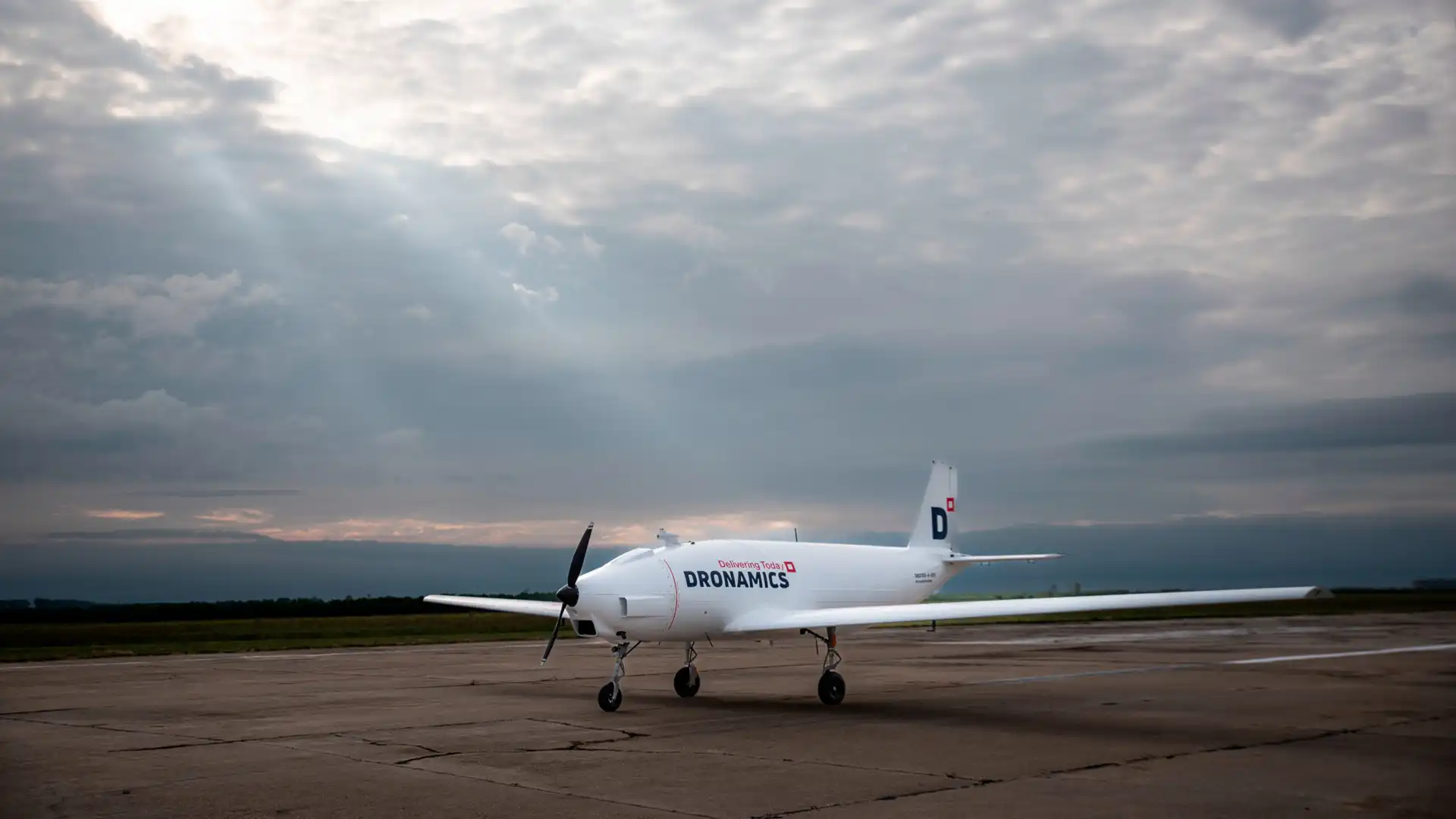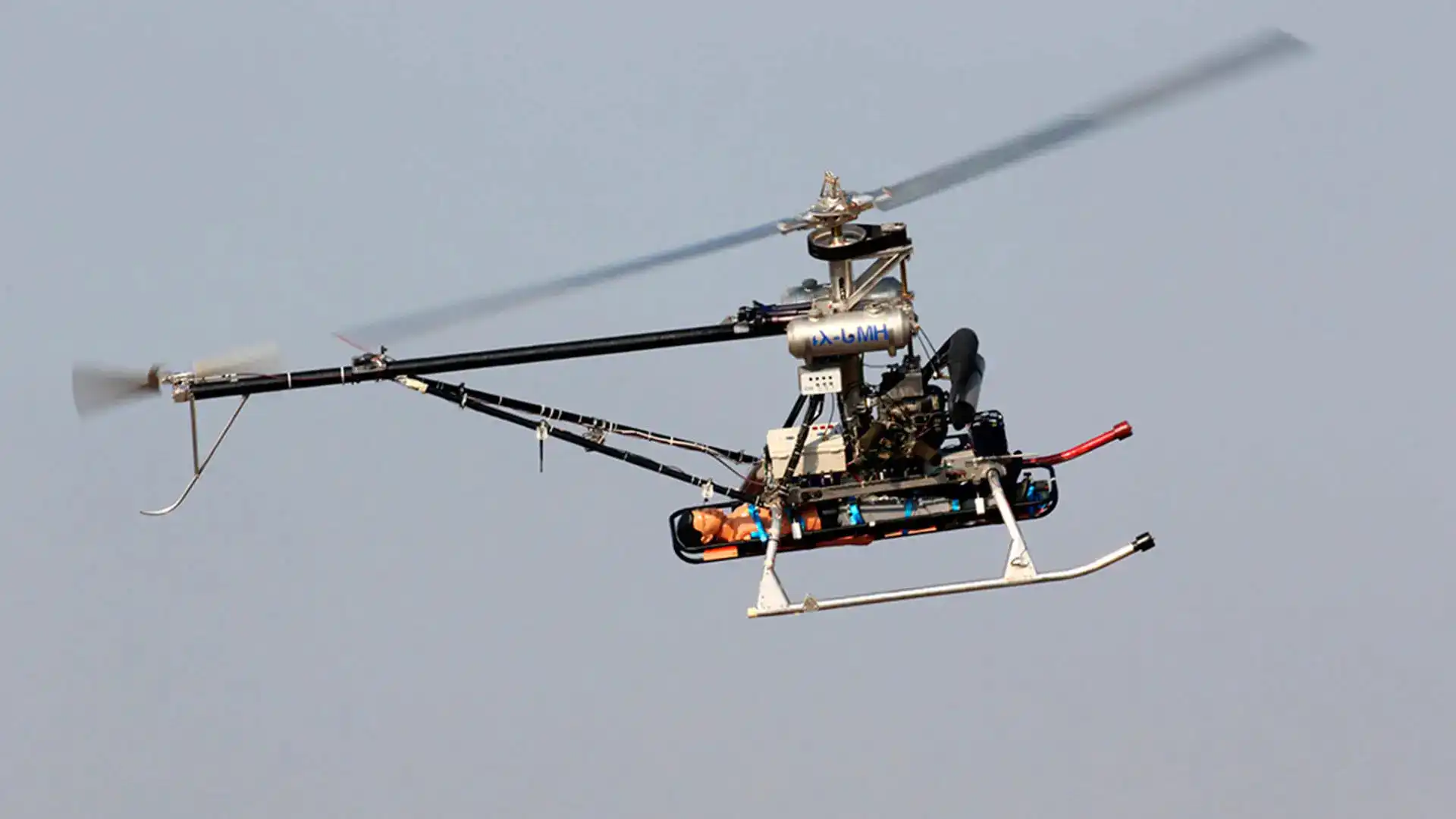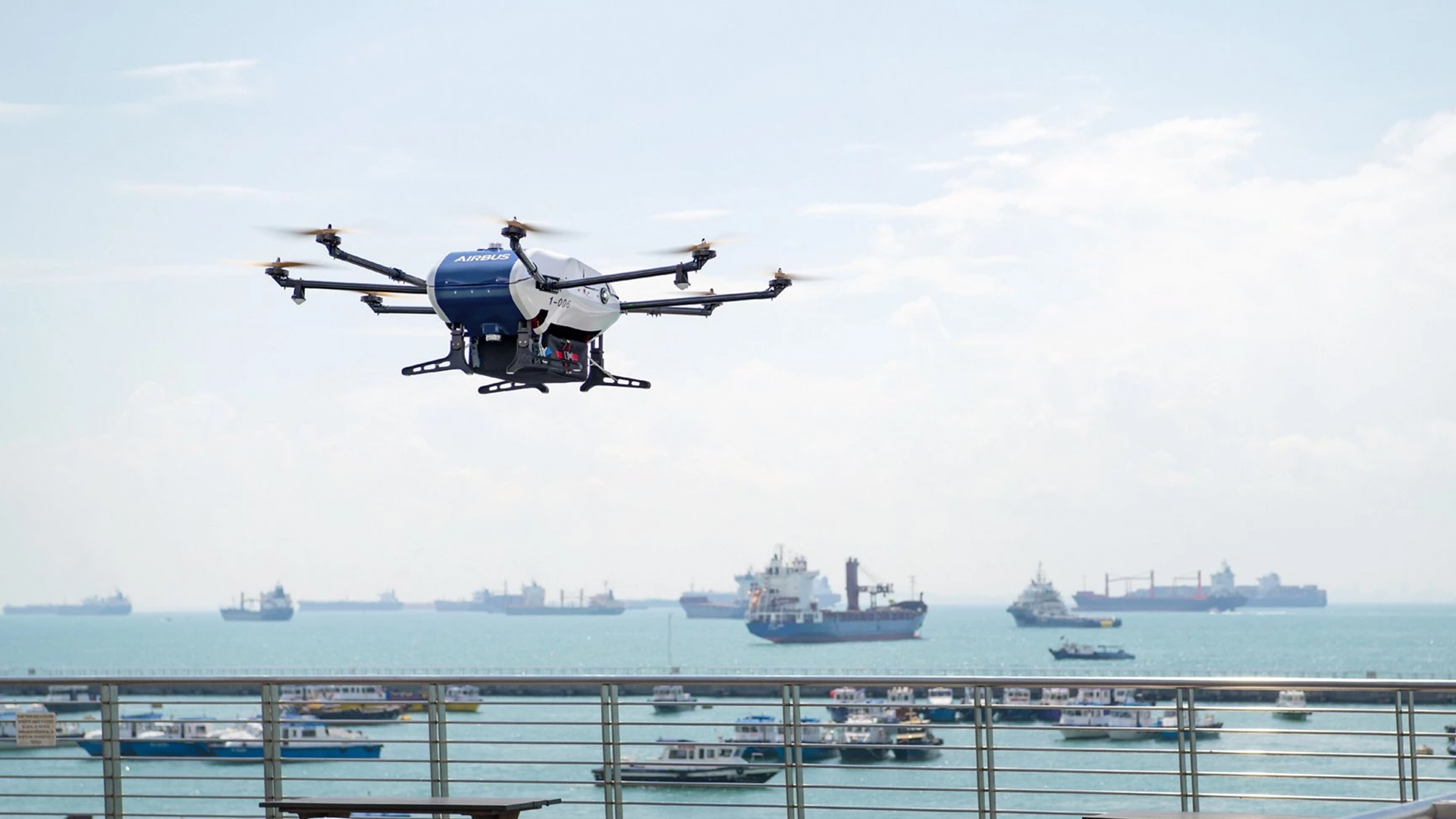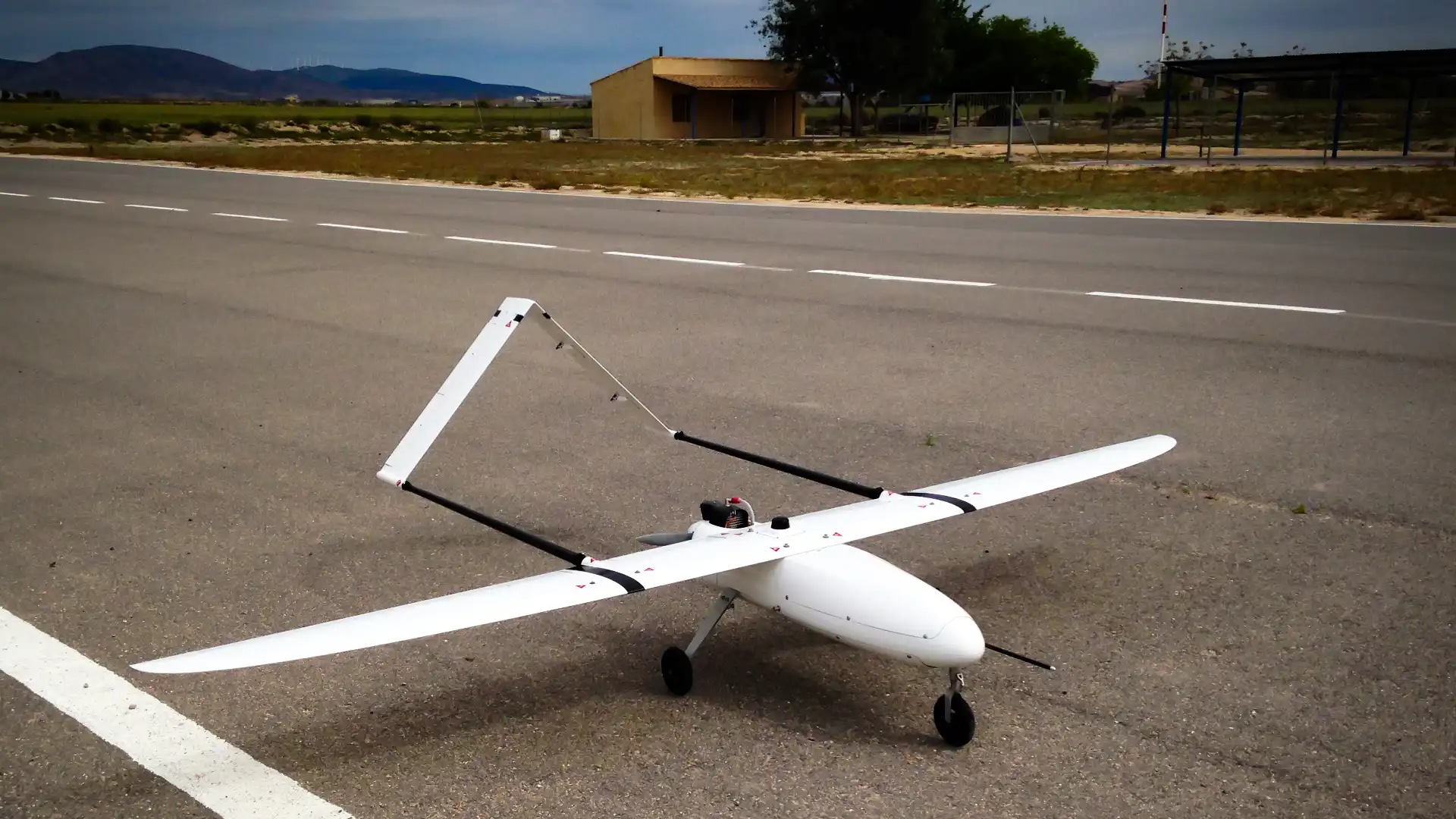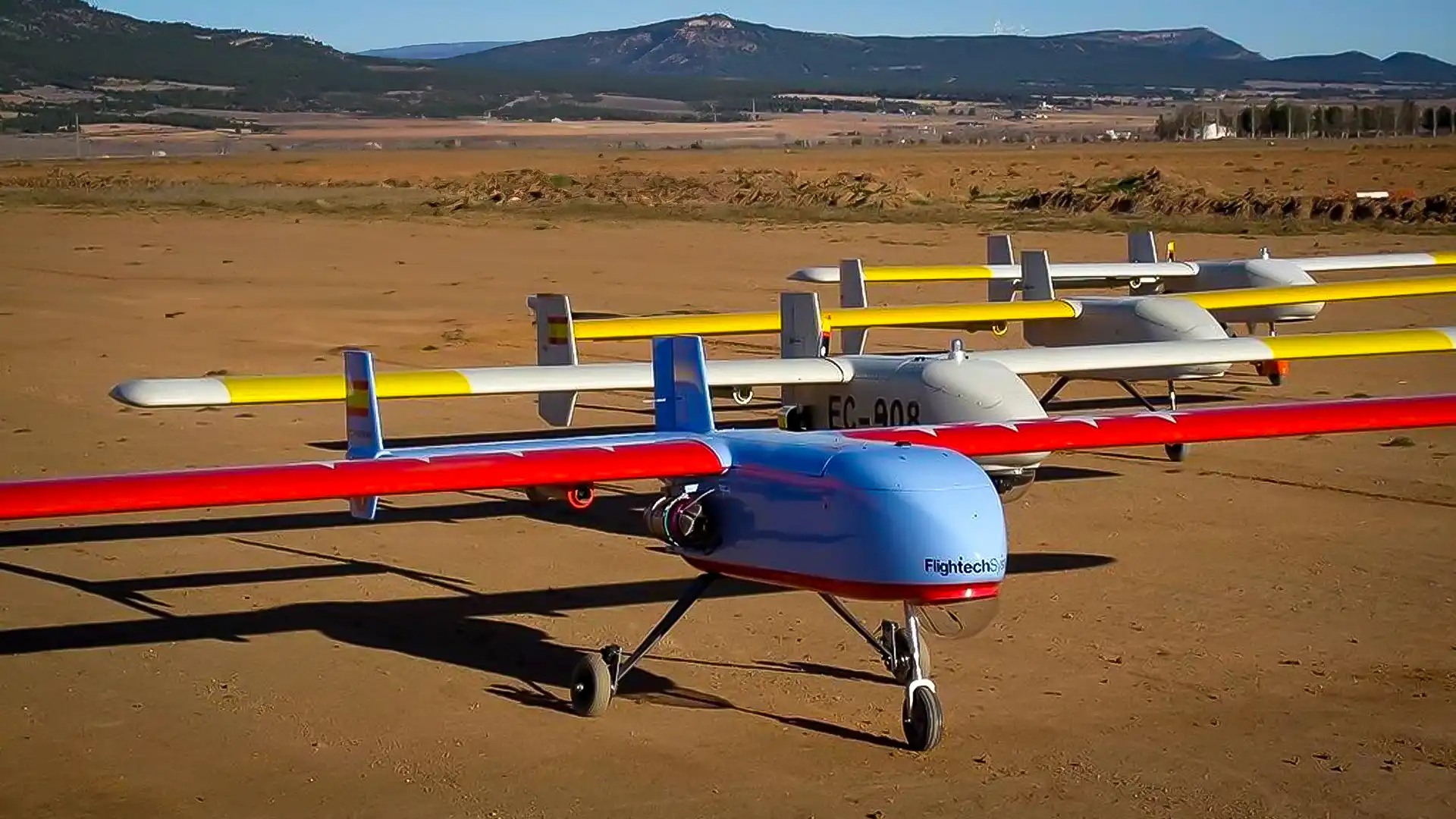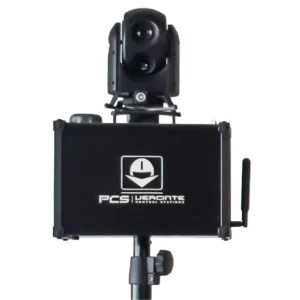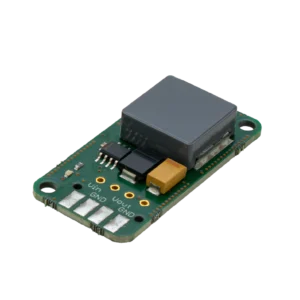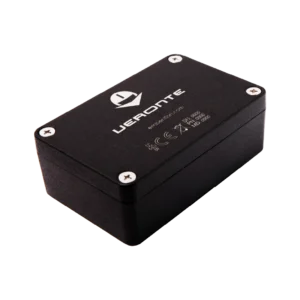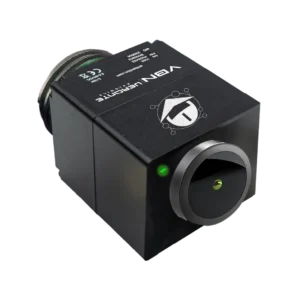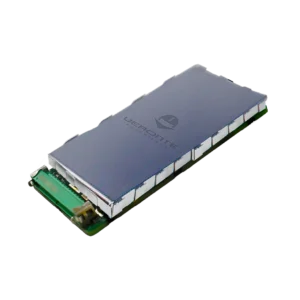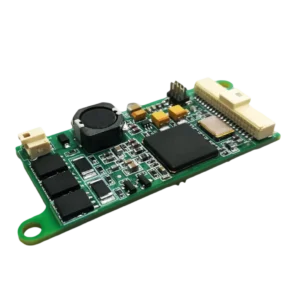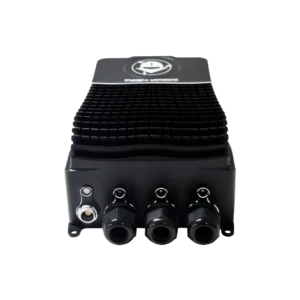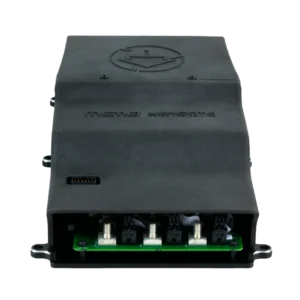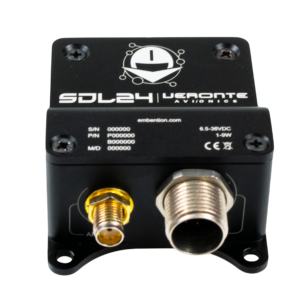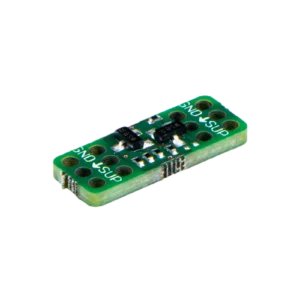AVIÓNICA PARA DRONES NO TRIPULADOS
La primera aerolínea de drones de carga del mundo
Controlado de forma remota con capacidad de vuelo semi autónoma, capaz de alcanzar un rango y una capacidad de carga...
Entrega de mercancías para logística militar
Israel Aerospace Industries (IAI) ha desarrollado un vehículo no tripulado de vuelo autónomo capaz de cubrir distan...
Entrega de Carga en Áreas Pobladas
El proyecto Airbus Skyways demuestra la viabilidad del reparto de última milla con drones en zonas pobladas. Se trat...
Avión de alta resistencia de 25 kg
Vendido en más de 40 países en un periodo inferior a 8 años, el Penguin es actualmente una de las plataformas UAV ...
Primera certificación RPAS en Europa
Se trata de un RPAS de ala alta con 6 m de envergadura y diseño de cola en H y hélice de empuje. Emitido con un Cer...
SOPORTE
Contamos con un amplio equipo experimentado en integración de drones, diseño mecánico, guiado, navegación y control (GNC), algoritmos, certificación, validación y pruebas… Nos ponemos a su disposición para llevar su proyecto al éxito.
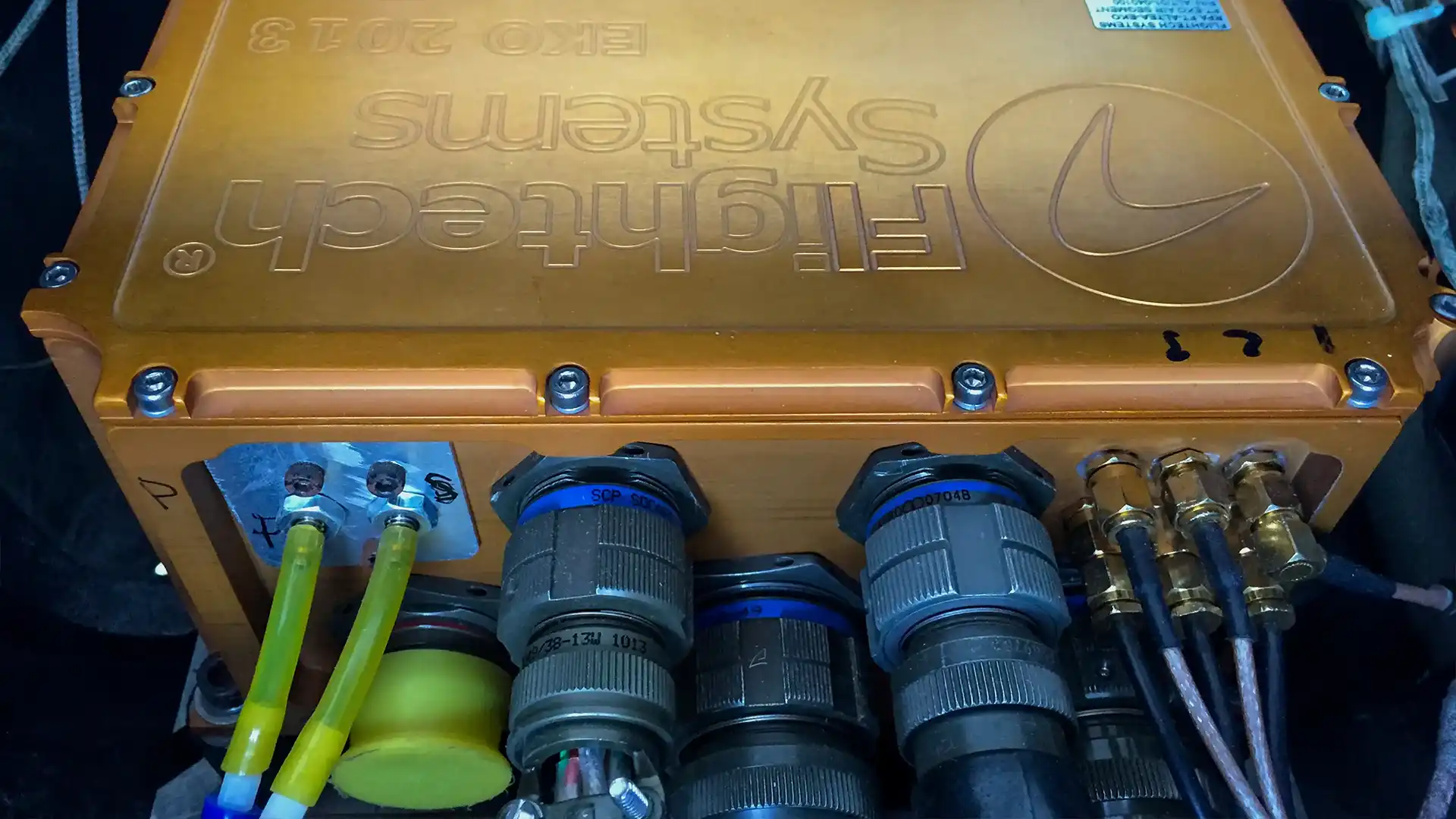
Electrónica certificada para Drones
Nuestro experimentado equipo de ingenieros está especializado en el desarrollo de electrónica para drones. Esta tecnología incluye todo tipo de electrónica de aviación, como BMS, controladores de motor, tarjetas de expansión, unidades de distribución de energía, etc.
Embention se encarga del diseño del hardware, software y mecánica para un desarrollo integral del producto. Nuestro equipo de pruebas garantiza el rendimiento y la fiabilidad mediante pruebas de validación y verificación exhaustivas. Además, roporcionamos documentación de diseño y fabricación con trazabilidad del producto, lo que garantiza la transparencia del proceso de desarrollo. El cumplimiento de normas de certificación como DO178, DO254, STANAG y otras certificaciones es una prioridad para Embention.
Electrónica certificada para Drones
Nuestro experimentado equipo de ingenieros está especializado en el desarrollo de electrónica para drones. Esta tecnología incluye todo tipo de electrónica de aviación, como BMS, controladores de motor, tarjetas de expansión, unidades de distribución de energía, etc.
Embention se encarga del diseño del hardware, software y mecánica para un desarrollo integral del producto. Nuestro equipo de pruebas garantiza el rendimiento y la fiabilidad mediante pruebas de validación y verificación exhaustivas. Además, roporcionamos documentación de diseño y fabricación con trazabilidad del producto, lo que garantiza la transparencia del proceso de desarrollo. El cumplimiento de normas de certificación como DO178, DO254, STANAG y otras certificaciones es una prioridad para Embention.

Autopiloto Personalizado para Drones
Embention destaca en la creación de sistemas de control y pilotos automáticos certificados para diversos vehículos autónomos. Especializado en drones y vehículos aéreos no tripulados, nuestro equipo es experto en normas como DO178/ED12, DO254/ED80, DO160 y STANAG para la certificación de drones y pilotos automáticos. Contamos con una amplia experiencia en controles de vuelo para todo tipo de drones.
Las soluciones de piloto automático para drones cuentan con funciones avanzadas, como arquitecturas redundantes, integración Fail-Safe para respuestas de emergencia y compatibilidad sin fisuras con diversos periféricos. Cumpliendo las normativas de certificación de hardware y software, las soluciones personalizadas de piloto automático para drones incorporan logotipos de marca para una presencia distintiva y profesional.
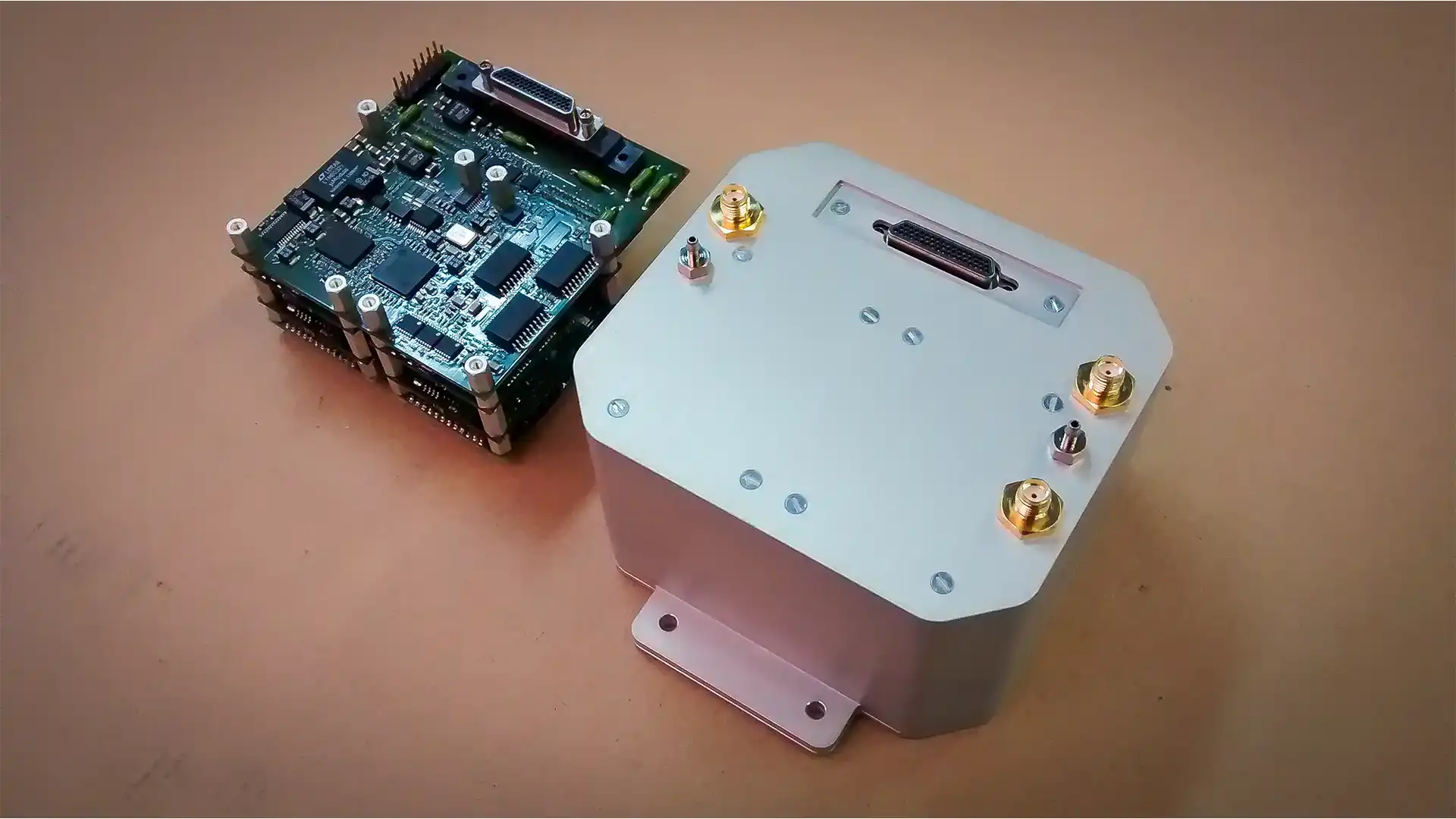
Autopiloto Personalizado para Drones
Embention destaca en la creación de sistemas de control y pilotos automáticos certificados para diversos vehículos autónomos. Especializado en drones y vehículos aéreos no tripulados, nuestro equipo es experto en normas como DO178/ED12, DO254/ED80, DO160 y STANAG para la certificación de drones y pilotos automáticos. Contamos con una amplia experiencia en controles de vuelo para todo tipo de drones.
Las soluciones de piloto automático para drones cuentan con funciones avanzadas, como arquitecturas redundantes, integración Fail-Safe para respuestas de emergencia y compatibilidad sin fisuras con diversos periféricos. Cumpliendo las normativas de certificación de hardware y software, las soluciones personalizadas de piloto automático para drones incorporan logotipos de marca para una presencia distintiva y profesional.

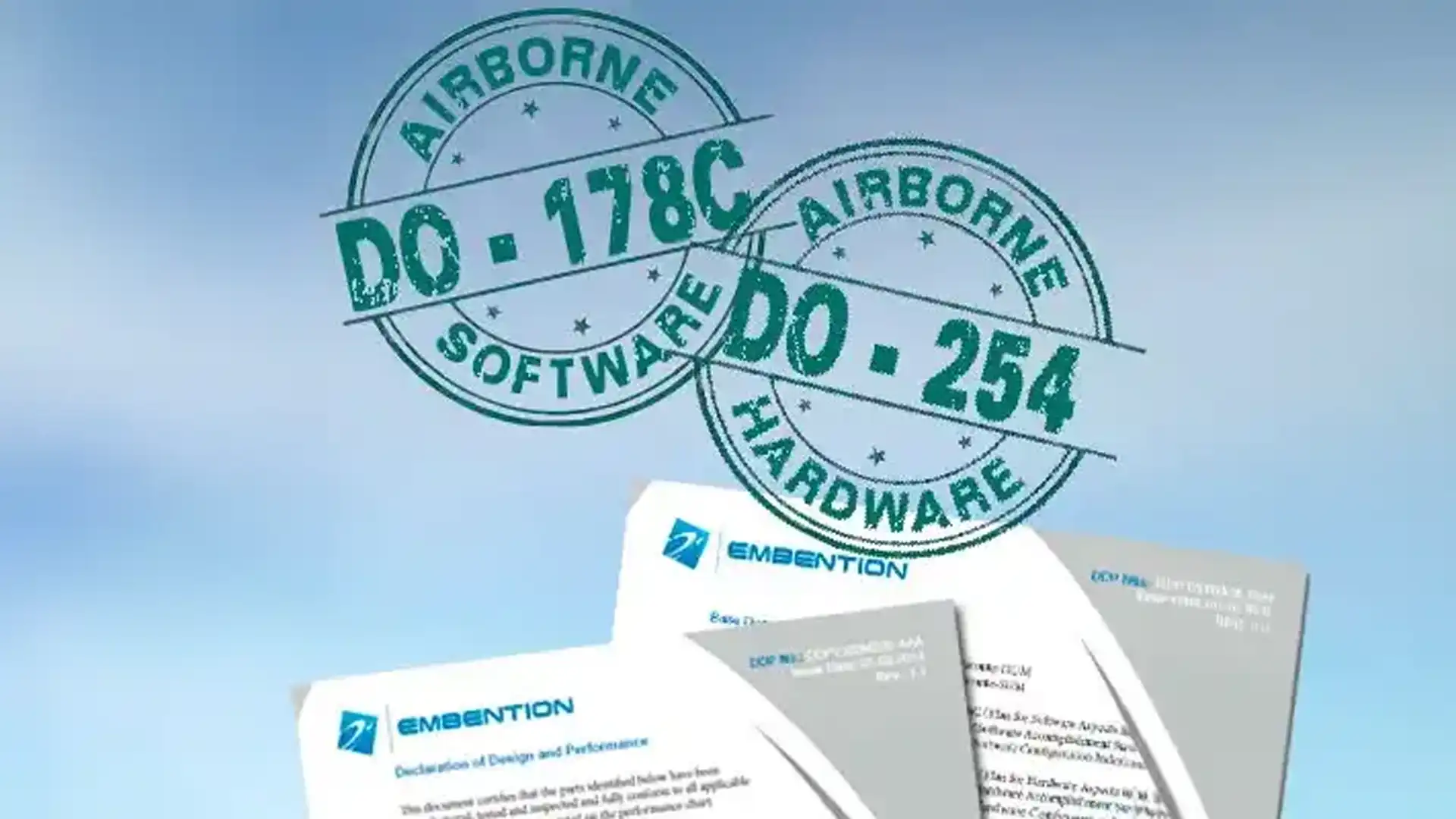
Certificación de Drones
Embention ofrece su experiencia en la certificación de UAV para proporcionar apoyo cercano y orientación en programas de certificación de drones en todo el mundo. No importa quien sea la autoridad de certificación FAA, EASA, AESA, ENAC, DGAC…
Nuestros servicios cubren no sólo el paquete de datos de certificación del piloto automático del dron, sino que también proporcionamos soporte para la certificación completa del sistema. Documentación, gestión de la certificación, reuniones con autoridades aeronáuticas, definición de pruebas, pruebas de verificación, desarrollo de evidencias, identificación de procedimientos, borradores, manuales de operación y mantenimiento, definición de evaluaciones de riesgo y pajaritas, etc. Consulte para discutir oportunidades de colaboración.
Certificación de Drones
Embention ofrece su experiencia en la certificación de UAV para proporcionar apoyo cercano y orientación en programas de certificación de drones en todo el mundo. No importa quien sea la autoridad de certificación FAA, EASA, AESA, ENAC, DGAC…
Nuestros servicios cubren no sólo el paquete de datos de certificación del piloto automático del dron, sino que también proporcionamos soporte para la certificación completa del sistema. Documentación, gestión de la certificación, reuniones con autoridades aeronáuticas, definición de pruebas, pruebas de verificación, desarrollo de evidencias, identificación de procedimientos, borradores, manuales de operación y mantenimiento, definición de evaluaciones de riesgo y pajaritas, etc. Consulte para discutir oportunidades de colaboración.

Integración y Justificación de Drones
Los ingenieros de Embention aportan una amplia experiencia en la integración de drones y vehículos autónomos. Nuestros servicios de integración de drones agilizan el proceso con la puesta a punto de modelos de simulación, asistencia remota en tiempo real y un equipo especializado para una asistencia sin fisuras. Las instalaciones de la empresa incluyen talleres y campo de pruebas de vuelo, lo que garantiza una experiencia de integración completa y eficiente.
La empresa ofrece integración de carga útil personalizada, configuración de piloto automático para diversas configuraciones e integración global in situ. Los servicios abarcan la asistencia en los vuelos iniciales, el ajuste meticuloso del piloto automático y la configuración de la carga útil, haciendo hincapié en la seguridad con soporte para el vuelo manual y asistido.
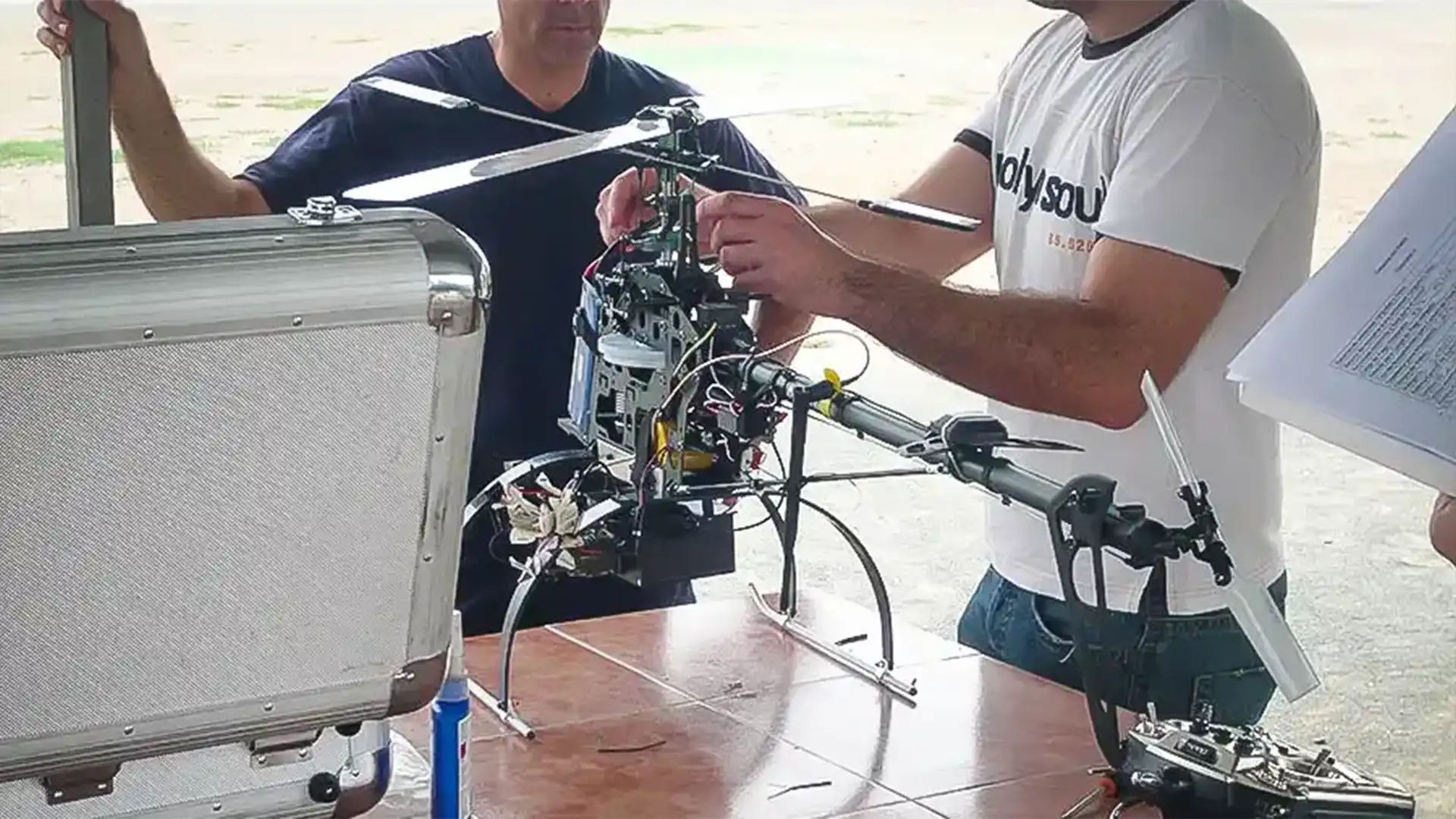
Integración y Justificación de Drones
Los ingenieros de Embention aportan una amplia experiencia en la integración de drones y vehículos autónomos. Nuestros servicios de integración de drones agilizan el proceso con la puesta a punto de modelos de simulación, asistencia remota en tiempo real y un equipo especializado para una asistencia sin fisuras. Las instalaciones de la empresa incluyen talleres y campo de pruebas de vuelo, lo que garantiza una experiencia de integración completa y eficiente.
La empresa ofrece integración de carga útil personalizada, configuración de piloto automático para diversas configuraciones e integración global in situ. Los servicios abarcan la asistencia en los vuelos iniciales, el ajuste meticuloso del piloto automático y la configuración de la carga útil, haciendo hincapié en la seguridad con soporte para el vuelo manual y asistido.

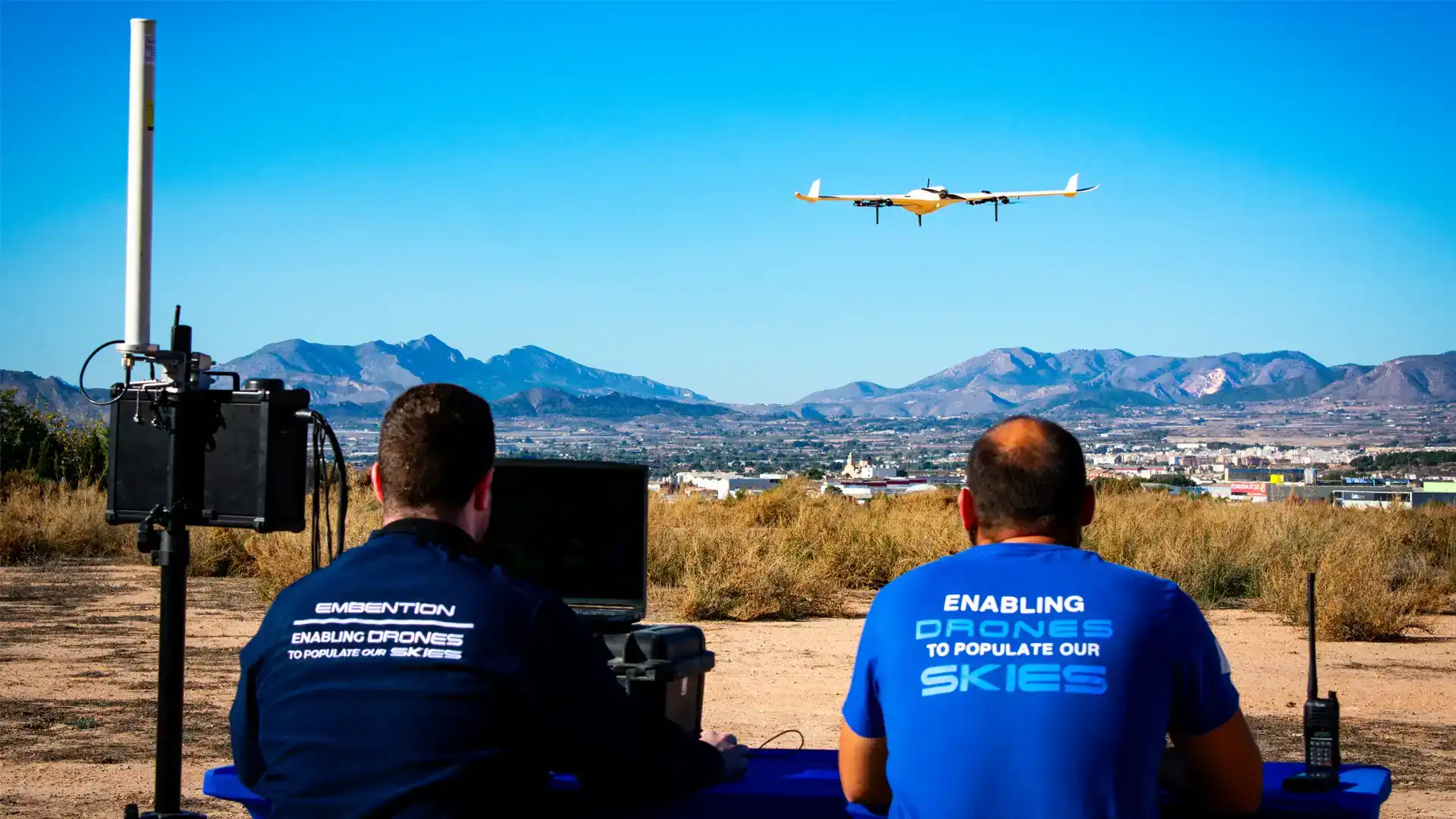
Integración y Formación Operativa
Embention ofrece cursos de formación para la integración y operación de drones. Cubre todos los pasos necesarios para adquirir un profundo conocimiento de la instalación del Autopiloto Veronte y de las herramientas de configuración y operación disponibles. Durante la formación se realizan tanto prácticas de oficina en simulador HIL como prácticas de vuelo real.
También hay disponibles cursos de formación a medida para adquirir habilidades en guiado, navegación y control (GNC), ensamblaje de aeronaves, cableado de drones, cumplimiento de DO178C y DO254, certificación de drones o cualquier otro campo de especialización de Embention. Póngase en contacto con nuestro equipo para definir un curso de drones adaptado a sus necesidades.
Integración y Formación Operativa
Embention ofrece cursos de formación para la integración y operación de drones. Cubre todos los pasos necesarios para adquirir un profundo conocimiento de la instalación del Autopiloto Veronte y de las herramientas de configuración y operación disponibles. Durante la formación se realizan tanto prácticas de oficina en simulador HIL como prácticas de vuelo real.
También hay disponibles cursos de formación a medida para adquirir habilidades en guiado, navegación y control (GNC), ensamblaje de aeronaves, cableado de drones, cumplimiento de DO178C y DO254, certificación de drones o cualquier otro campo de especialización de Embention. Póngase en contacto con nuestro equipo para definir un curso de drones adaptado a sus necesidades.

Verificación y Pruebas
La verificación y las pruebas de los sistemas de drones son cruciales para garantizar su rendimiento y seguridad. Embention emplea rigurosos procedimientos de prueba, evaluando la fiabilidad del código fuente, los algoritmos de control, la integración de periféricos y otros parámetros como la respuesta ante situaciones de emergencia.
Los entornos de pruebas de Embention pueden adaptarse a las necesidades específicas de certificación y verificación, cubriendo diversas condiciones de vuelo, validando la estabilidad y la eficacia en diferentes escenarios. La verificación incluye el cumplimiento de las normas de certificación, como DO178/ED12, para garantizar el cumplimiento de la normativa, la fiabilidad del funcionamiento y generar las pruebas para afrontar un programa de certificación de drones.
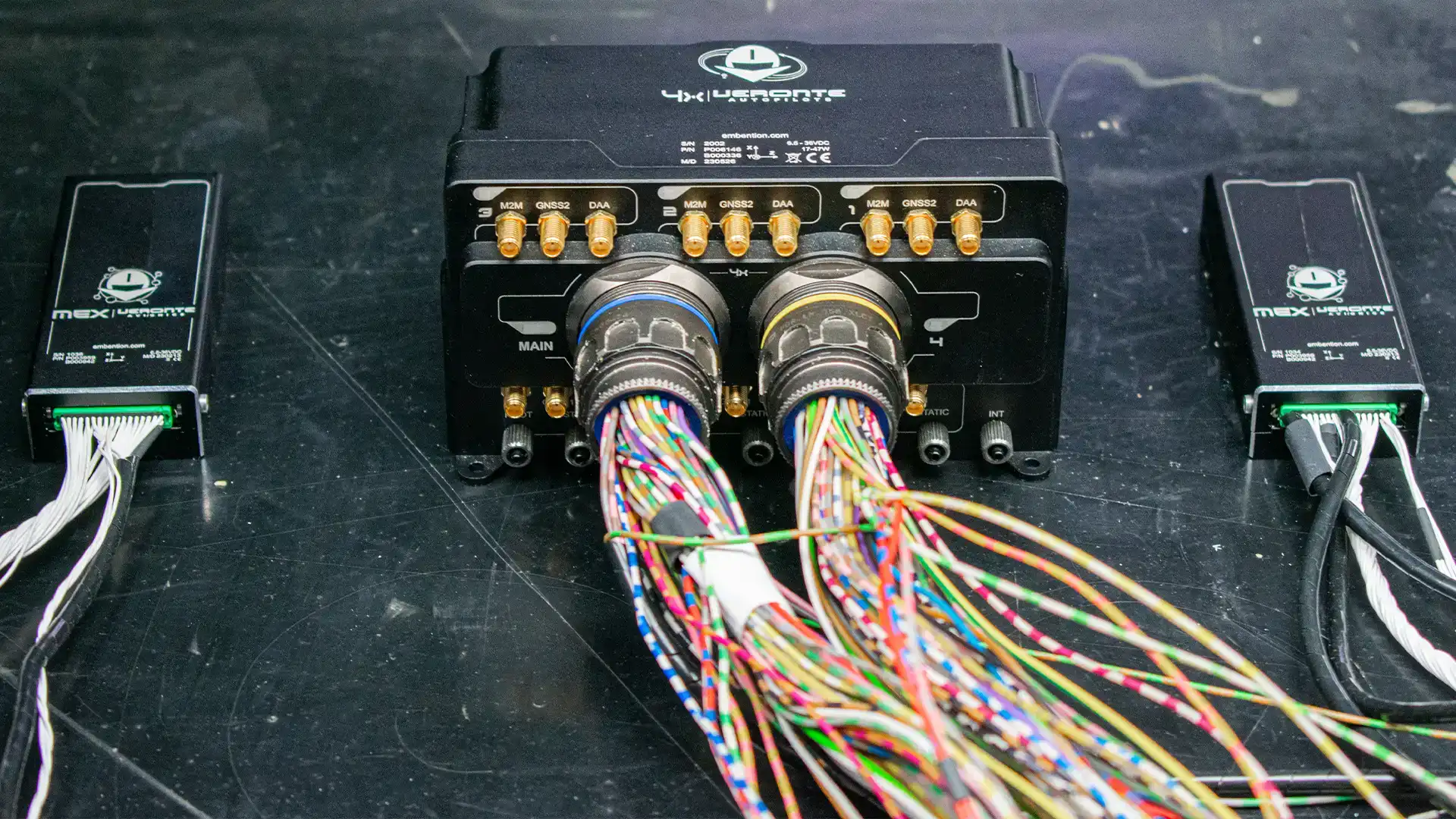
Verificación y Pruebas
La verificación y las pruebas de los sistemas de drones son cruciales para garantizar su rendimiento y seguridad. Embention emplea rigurosos procedimientos de prueba, evaluando la fiabilidad del código fuente, los algoritmos de control, la integración de periféricos y otros parámetros como la respuesta ante situaciones de emergencia.
Los entornos de pruebas de Embention pueden adaptarse a las necesidades específicas de certificación y verificación, cubriendo diversas condiciones de vuelo, validando la estabilidad y la eficacia en diferentes escenarios. La verificación incluye el cumplimiento de las normas de certificación, como DO178/ED12, para garantizar el cumplimiento de la normativa, la fiabilidad del funcionamiento y generar las pruebas para afrontar un programa de certificación de drones.


